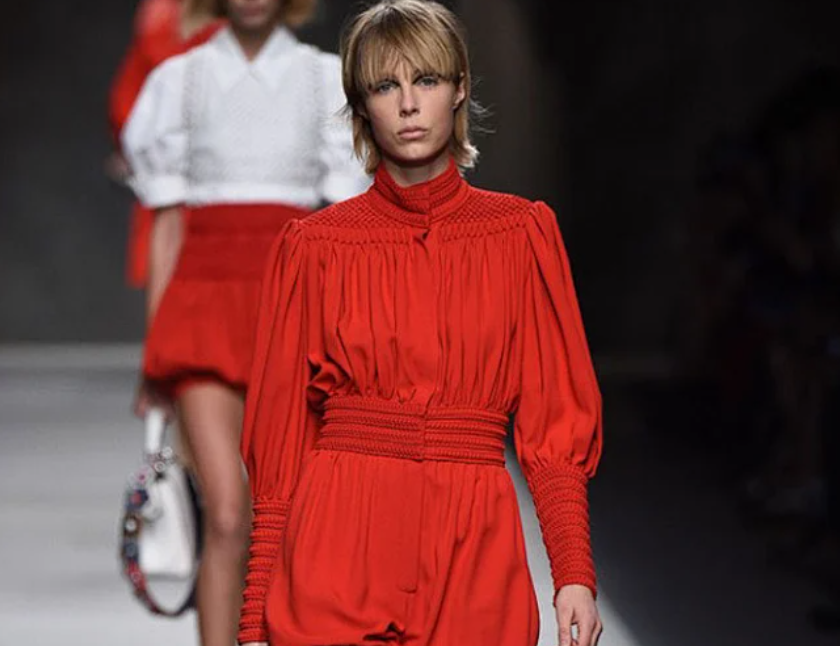
Men are immersed in the fun of fashion like never before. Before this, men's dress choices were relatively limited, mainly around suits or more casual styles, and color, innovation and personality did not get enough attention in solemn and elegant men's wear.
However, with the arrival of the 60s, men's fashion ushered in an unprecedented change.
At the beginning of the decade, the slim-fit suits and sleek styles of characters such as Marcelo Mastroiani in the film La Dolce Vita offered men a more easygoing, liberal way to dress.
This marks the beginning of a new era of diversity and personalization in men's fashion.
Soon, men will have more options. They can be mods (short for modernists), wearing turtlenecks, plaid pants, and the collarless coats inspired by Pier Cardin in India.
These novel styles not only highlight personality, but also reflect the exploration and pursuit of fashion for men.
Carnaby Street became a hub for fashion, with young shoppers flocking here in search of novelty pieces that would break with Savile Row's traditions.
Full of creativity and energy, it has become an ideal place for men to express themselves and pursue fashion.
At the same time, the biggest stars of the music industry are also leading the fashion trend.
The Bohemian style of musicians such as The Beatles, The Who, the Rolling Stones and Jimi Hendrix not only influenced their music creation, but also profoundly influenced the fashion choices of men.
Their dress has become a sign of The Times, leading the new trend of men's fashion.
In short, the 1960s was a period of change and innovation in the history of men's fashion. Men began to enjoy the fun of fashion, the pursuit of individuality and diversity, creating a dynamic and creative new era of fashion.
Cultural trend
The start of the decade was an idealistic Camelot era, and things could change in a decade!
In November 1963, John F. Kennedy was assassinated in Texas, and five years later, his brother Robert Kennedy was assassinated in Los Angeles.
Marilyn Monroe died in early 1962; In 1969, the Manson family perpetrated the brutal murder of Tate Labianca.
In the midst of all this dark side, optimism, creativity, ingenuity and technology are also exploding. For the first time, women can use contraceptives; In August 1963, more than 250,000 people participated in the historic March on Washington for Jobs and Freedom.
People want change, and they think that together they can make it happen.
At the same time, entertainment was plentiful, from the Beatles to Hollywood (The Sound of Music, West Side Story, My Fair Lady).
On the big screen, Frederico Fellini gave us an Italian Mambo film, and Hitchcock gave us Psycho and Stray Birds.
Artists like Andy Warhol and Roy Lichtenstein helped us redefine (again) what we think of as art.

